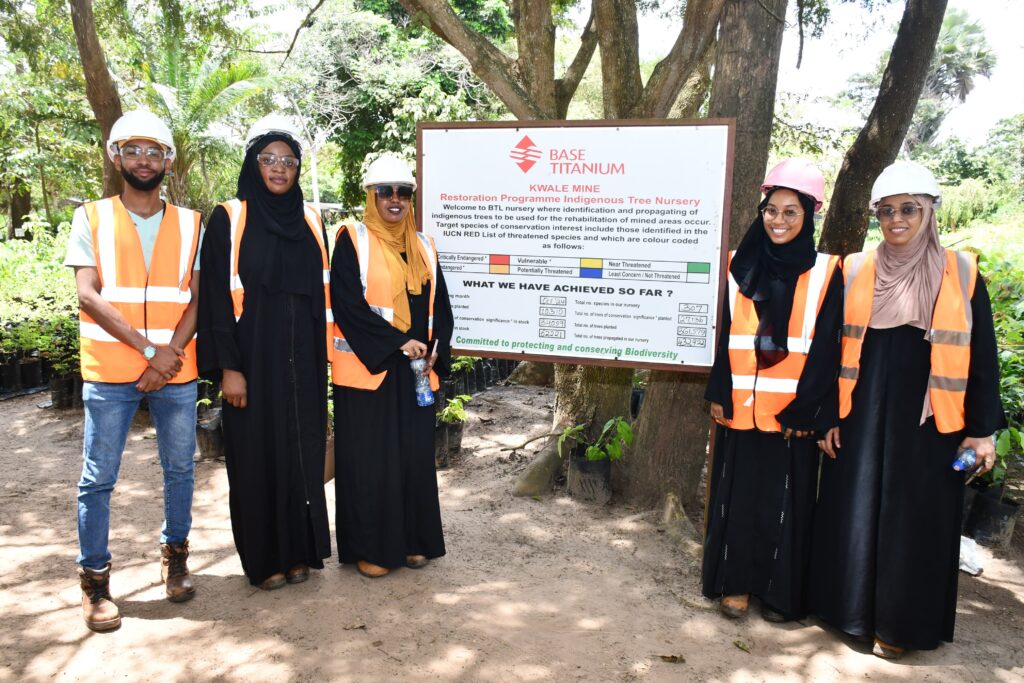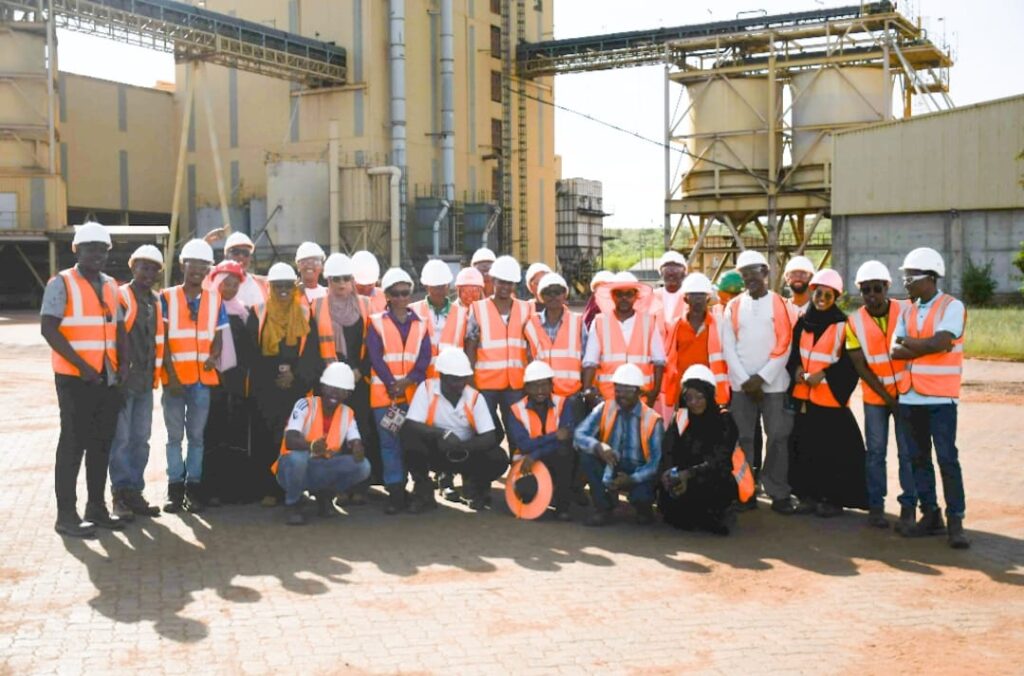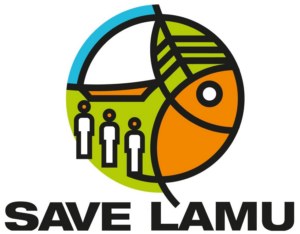Once bitten twice shy, it is a catchword that is revolving around the minds of almost all the Lamu residents, as another Mining company is eyeing Lamu County for its operations. The County is a region rich in ecological and cultural diversity, rich in both flora and fauna to natural resources found on its surface and under the waters including mangroves and corals which makes Lamu a unique County with 74% of mangrove forest cover.
In 2012 the Government of Kenya Launched the first ever industrial company in Lamu, the port under the LAPSSET project, which later caused destructions at the construction phase which led the fishing industry in Lamu to drop by over 45% as a result of the dredging of the sea that took place at the time.
In 2015 again the government of Kenya expressed interest to construct a coal generating power plant station in Kwasasi area in Lamu County, this idea was halted by Save Lamu; a community environment organization after a lot of research was done by marine and environment experts, who carried out researches that proved the developing project is not sustainable, but rather a disastrous one which will cause a lot of environmental destructions to the environment and living things.
In 2018 Zarara oil and Gas company came to Lamu to explore the natural resources found in Pate region in Lamu East constituency, but three years later the company left, living the community in a puzzle and a lot of environmental destructions, as of 2024 the well drilled by the company still releases poisonous gas in the air which is a threat to the local residents around that area.

Recently a mining company expressed its interest to extend its wings of operations In the borders of Lamu and Tana river Counties, It is a project under the vision 2030, located in South Coast Kenya in Kwale County, it is Base Titanium. It is the largest mineral sands mine in Kenya which uses hydraulic mining, producing three major minerals that includes;
- Zircon: Ceramics, chemicals, refractory and foundry applications
- Rutile: Welding electrodes, pigment and titanium metal
- Ilmenite: Paints, plastics, Inks, textiles, food, cosmetics and Steel production

In November 2024, the Kwale mining industry initiated an exchange learning visit at Base titanium and Save Lamu was privileged to be among the group to learn about the project among many other community members, to learn about the benefits, effects and if there are destructions the industrial company has caused, the mitigation measures and benefit sharing to the community, during the exchange visit the Lamu team learnt that in 2010 they acquired the Kwale mine project, completed the feasibility study and commenced construction and in 2014 the first shipment was done.
“One of the key observations I noticed was the recycling of water, the industry developed a manmade dam, known as Mukurumudzi with 8.6 m3 impoundment volume, 22,000 m3 day extraction, 6 boreholes” said Khadija Abdillah Monitoring and Evaluation officer at Save Lamu during a field tour inside the base titanium site.
Save Lamu is not against development projects but strongly advocates for sustainable development project that will not come at the cost of the residents’ lives. We urge the investor to do a proper public engagement, for the community to understand what the project is all about before its inception
The entire projects sits on a 2,529ha of Land which includes the buffer zone areas, it is a KES 26 billion investment project the communities were awarded with resettlement programs to which the investor used over KES 3.0 billion in resettlement compensation, KES 3.7 billion in social infrastructure, livelihood health and education, KES 28 billion on tax and employment creation of 1,600 direct jobs and 1,430 indirect jobs among many others.
Conclusion
The total royalty contribution paid to the Government revenue from 2014 to 2024 is 9, 627,350,000 where 70% (KES 6,216,700,000) of is supposed to go the National government, 20% (KES 1,776,200,000) to the County Government and 10% (KES 888,100,000) to the community, where the community is still not aware of the 10% royalties they are supposed to receive.
Story| Khadija Juma/Save Lamu
